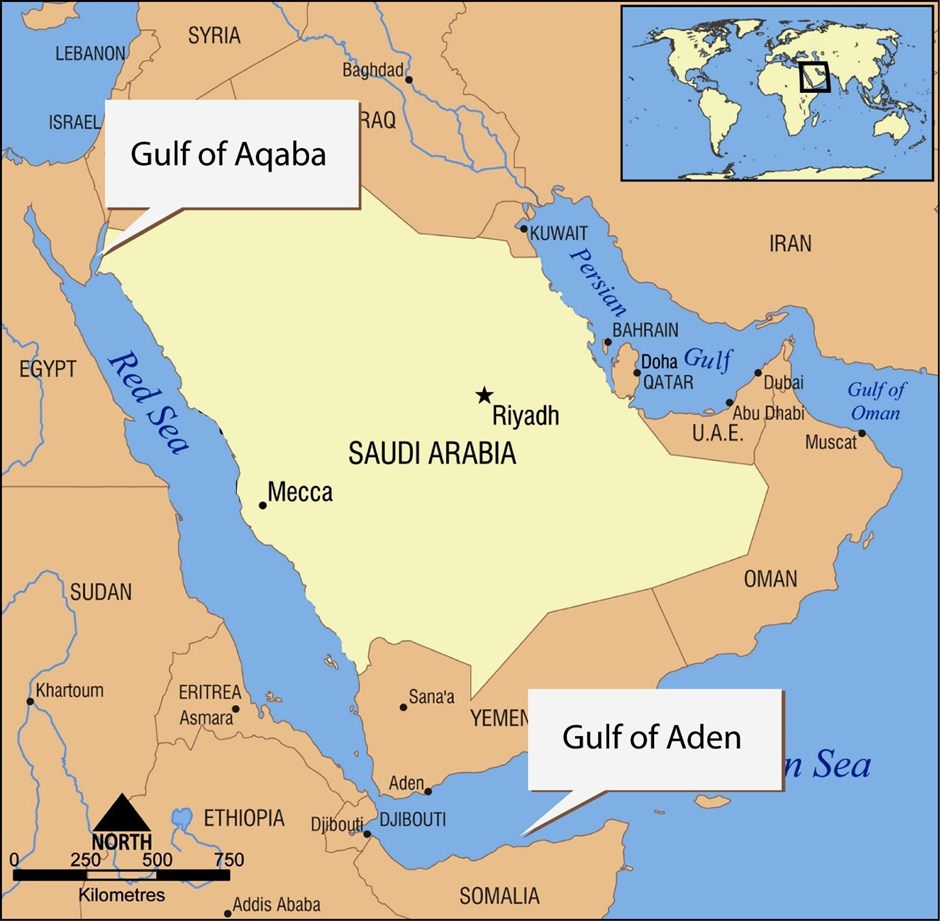RISE OF MINILATERALS
RISE OF MINILATERALS
Why in News?
Recently,
the rise of Chinese aggression in the Indo-Pacific region has prompted the
formation of the Squad highlighting the growing importance of “minilateralism.”
A squad is a multilateral group consisting of the US, Japan, Australia, and the
Philippines.
What is
Minilateralism?![]()
§ Minilaterals
refer to informal and more targeted initiatives intended to address specific
threats, contingencies, or security issues with a small number of states
(usually three or four) sharing the same interest in resolving it within a
finite period.
§ These
arrangements focus on a specific purpose rather than broad inclusivity without
a permanent or formal institutional structure.
§ Outcomes
and commitments within minilaterals are non-binding and voluntary, relying on
the willingness of the participating states.
Reasons for Rise of
Minilateralism:
§ The
evolving global order and the changing nature of threats have posed challenges
to the continued relevance of multilateral frameworks in resolving local
conflicts and issues.
§ The
inconsistency in US global leadership and the rise of a multipolar world, along
with geopolitical rivalry between the US and China, have highlighted fissures
in multilateral organisations.
§ For
instance, the UN Security Council's permanent membership reflects outdated
power structures and ineffectiveness.
§ Global
institutions like the World Trade Organization (WTO) have struggled to reach
consensus on complex issues due to diverse memberships and conflicting
priorities.
§ Global
problems can have regional variations. Minilateral organizations can tailor
solutions to the needs of a smaller group facing a particular challenge.
§ The
improvement of information and communications technology has facilitated the
growth of minilaterals.
§ Informal
communication methods have made it easier for states to engage in flexible and
targeted cooperation, supporting the growth of minilateralism.
§ The
fallout of the Covid-19 pandemic has further driven the emergence of strategic
minilaterals and targeted ones focused on various issues, including supply
chain resilience.
§ Example,
India set up an electronic platform to help member countries of the South Asian
Association for Regional Cooperation (SAARC) to fight the Covid-19 pandemic.
Contrast with
Multilateralism:
§ Multilateralism
involves a formal effort by three or more states to build trust and avoid
conflict through the institutionalisation and observation of rules and norms
for a common vision of regional or international order.
§ Multilateral
frameworks, such as the World Trade Organization (WTO), emphasise broad and
inclusive participation, unlike the more focused and flexible nature of
minilaterals.
§ Contrast with Regional
Organisations:
§ Minilateralism
focuses on urgent, specific issues and forms flexible, ad-hoc coalitions, like
the Quad for Indo-Pacific security and economic concerns.
§ Regional
organizations address a broad range of issues, including economic integration
and security, through structured and formal cooperation, such as the European
Union (EU).
What are the
Advantages of Minilaterals?
§ Minilaterals
allow countries with shared interests and values to bypass stagnant frameworks
and resolve issues of common concern. For example, the
Bangladesh-Bhutan-India-Nepal (BBIN) Motor Vehicles Agreement (MVA) was
conceived even the SAARC failed to facilitate a similar initiative.
§ Minilaterals
provide a flexible and modular approach to international cooperation. They can
be formed quickly to address specific issues and are not bound by the extensive
formalities of multilateral frameworks.
§ The
voluntary and non-binding nature of minilaterals allows for rapid
decision-making and adaptation to changing circumstances.
§ Minilaterals
facilitate the creation of issue-specific partnerships and strategic alliances,
particularly in regions like the Indo-Pacific.
§ In
case of disasters, regional minilateral forums can promptly come to the rescue
of affected nations.
What are the Issues
Associated With Minilateralism?
§ Minilaterals
can lead to forum shopping, undermining critical international organisations,
and reducing accountability in global governance.
§ Preference
for minilaterals may reduce the incentive for countries to engage with
multilateral frameworks.
§ Minilateral
success often depends on leadership, political will, and bilateral relations
among members.
§ Minilateral
alliances may have negative impacts on countries not part of the negotiations,
reducing their incentive to engage with existing multilateral efforts.
Conclusion
§ As
India should embrace the concept of Minilateralism along with Multilateralism
in line with philosophy of Sarvajan Hitaya Sarvajan Sukhaya (Everyone's
benefit, everyone's happiness). Moreover, India should keep pushing for reforms
at the multilateral level to safeguard a universal rules-based framework while
utilising the minilateral route in the short term.



Comments
Post a Comment